Busily doing nothing

This week: Timber!; Computerisation; Polar Vortex; Problem garden corner;
Wow, it’s Saturday already! What happened to last week? Did I sleep through it?
Well no actually, I’ve been doing a number of jobs but I really don’t have a great deal to show for it.
My stock of cut logs had run down so I sharpened the chain saw’s teeth and set to work cutting the last of the logs that have been stored outside, where the new building will go.
These are the old timbers which were removed from the Cottage when it was renovated back in October 2017.
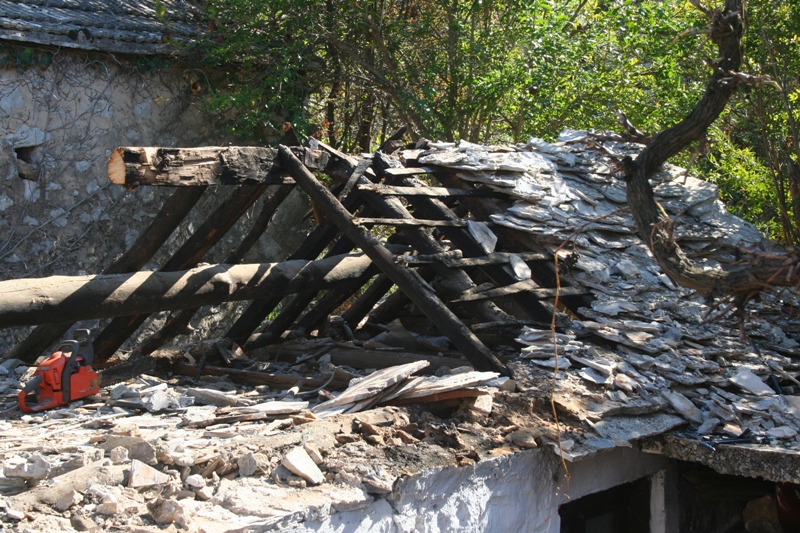
Using my principle of OHIO – Only handle it once – they were piled into an unused corner, then covered with some plastic to keep the worst of the rain out.

Last winter, then this, as I’ve needed logs I’ve been cutting around a two weeks supply at a time. Rather than spend a huge amount of time to cut everything, I found it easy to just cut what I needed. The remainder has been left standing, but this week I cut the last of the logs.
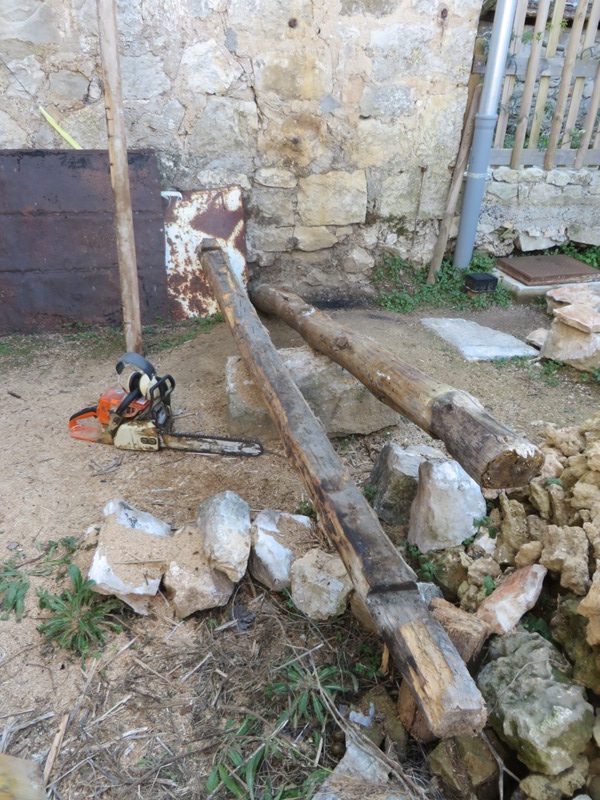
There are still a few short lengths of floor board left, but in the main, I’m ready for the building work to start.
The building the logs came from is probably the oldest on the property. It was also the only one which was not fire damaged during WWII, so the timbers are the original.
Mainly they are just trees cut from the forest, roughly hewn and still bearing the axe marks – this was before Chain Saws. Then they were laid in place as beams to support the floor and to bear the weight of the roof.
The last I cut was one of the largest and was a redwood, with a length of over four metres. However, once I had cut into the trunk, it was obvious that replacement had come at the right time.
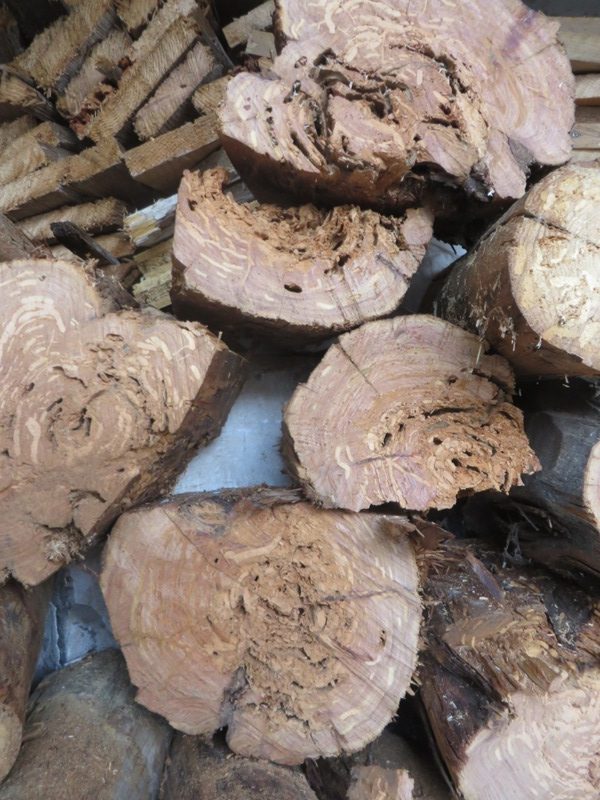
The centre of the trunk had been eaten by boring beetles and is just dry powder. It will still burn well on the fire, but I’m keeping all the timber outside, until it goes on the fire, just in case there are still active insects in there.
Computerisation
With more rain this week, it has been a time to do inside jobs, several of which relate to computers.
A friend brought a lap top round for me to try and load Windows onto. This is usually a none too difficult task, but this machine was an exception. I’ve spent hours, well into double figures on it and it still isn’t right. But I’m working on it…
Another job has been doing a CAD drawing of a motorcycle part for a bike collector in the USA. CAD is an international standard, but it has meant that I’ve had to do some very accurate measuring of the part – a cradle for a radio handset – and then convert the measurements into a a scale technical drawing.

So my measuring was to an accuracy of +/- ½mm. My digital vernier caliper is accurate to two decimal points and the programme I use, CorelDRAW is capable of significantly greater accuracy. But as the part will be reproduced in metal by 3D printing, then finished by hand, there was not much point in going beyond +/- ½mm.
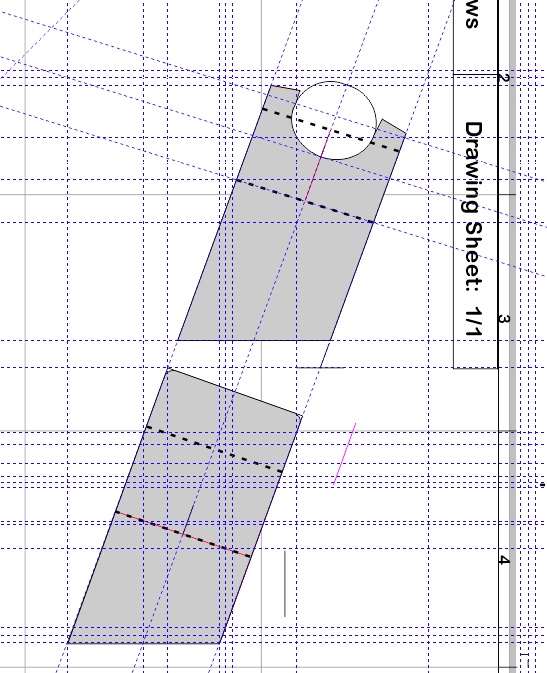
That was one rainy day job, finished and sent off by email. Another was for Facebook.
I belong to a couple of FaceBook groups for police history, old vehicles and I am an “Admin” for one specialist restoration group. I am also the custodian of a large number of service photographs, going back to the earliest days of photography in the mid 19th century.
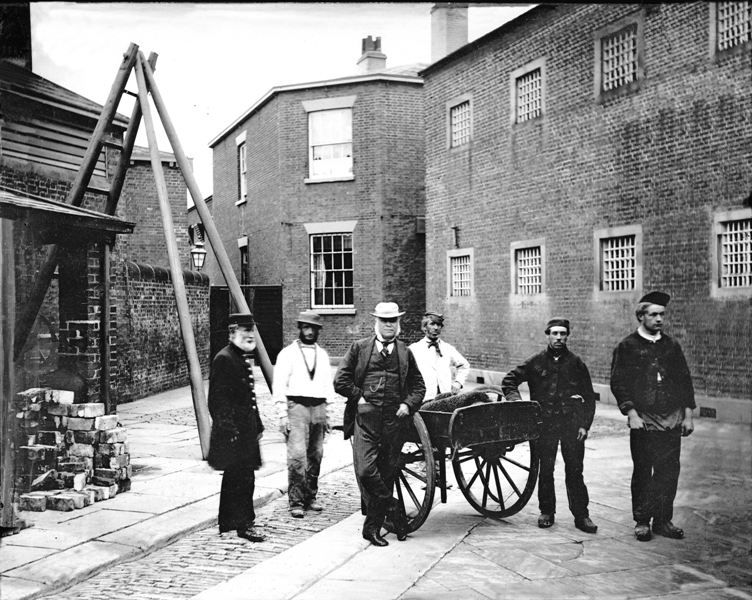
I am slowly scanning and digitising these photographs, so that they will not deteriorate, and also to make them more widely available. That in itself takes time and I decided a while ago that it would be sensible to have a single dedicated computer just for this work.
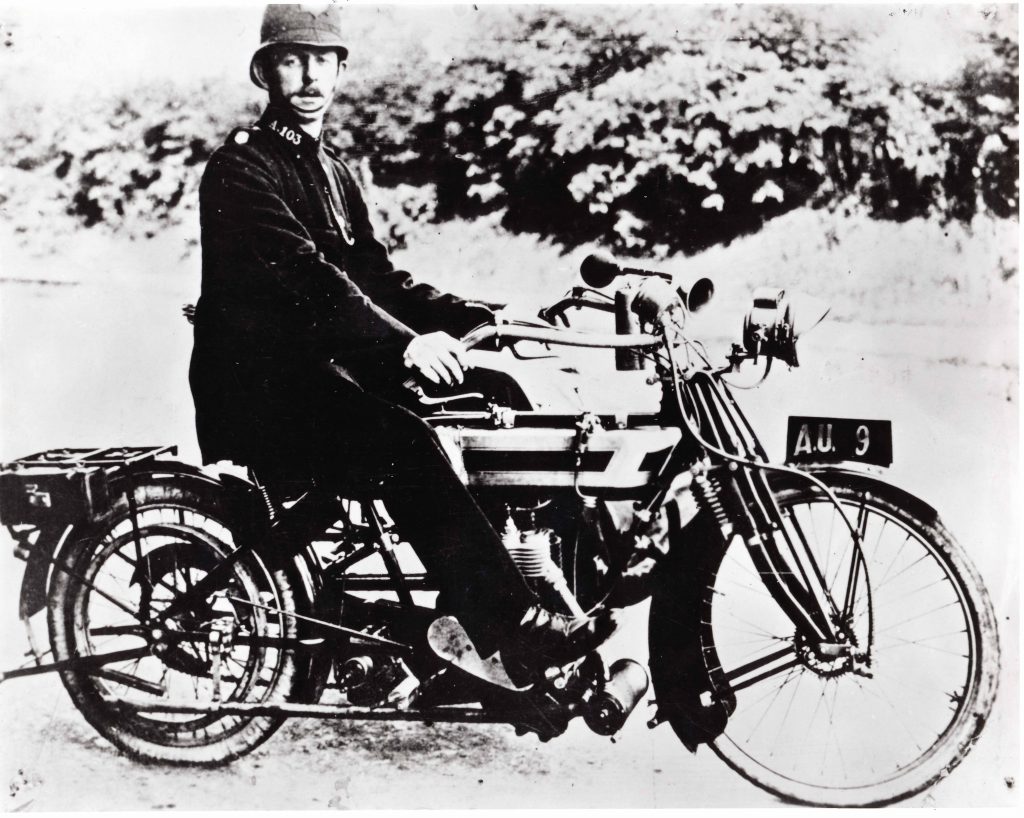
If you include hand scanners, when I counted up the scanning devices I have, there are ten of them. They range from an IrisPen and an IrisScan Mouse, through 35mm and medium format film scanners to an A3 scanner for large documents and newspapers.
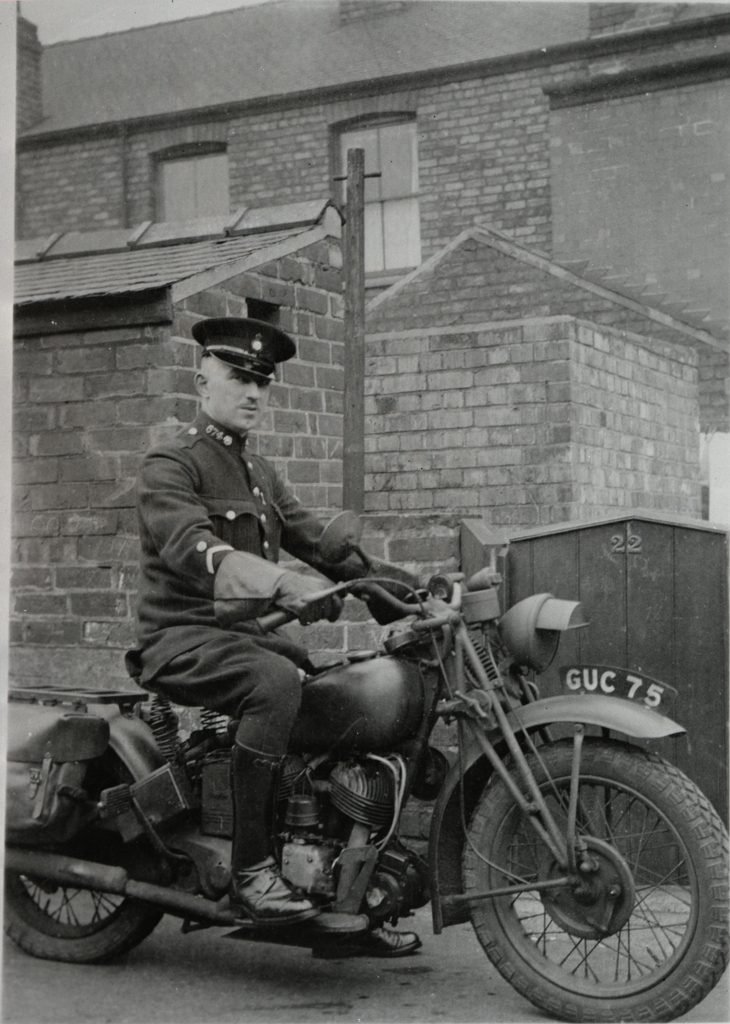
About the only specialist scanner I don’t have, is one which will scan and digitise books. I would have a use for it, but they are horrifically expensive.

When I was in the UK early last year, I brought a fairly new Dell desktop set back which was surplus to requirements. So this week I formatted the hard disk, loaded a new operating system and have then been adding the various scanners and drivers onto the system. First though, a little open heart surgery to replace the CMOS (BIOS) battery.

I also needed some image editing software and have a copy of Photoshop, so that was installed as well.
With three wet days probable next week, I’ll be able to see if my idea of a dedicated machine will work. I’ve deliberately isolated it from the Internet, so when I’m working there is no temptation to break off and look at other things…
Polar Vortex
Did you know that the Arctic Polar Vortex has broken? OK… You didn’t know there even was an Arctic Vortex!
Well there is, and it has broken into two and then three. What relevance has it to me, you may well ask? The good news is that of you live in the Antipodes or South America, it is of no relevance. If you live anywhere else, you might want to read on.
High above both the Arctic and Antarctic polar regions, where only the spy planes fly, there are high speed winds which orbit the polar regions. They actually affect quite considerably the weather that is experienced in lower latitudes.
In December, the northern Polar Vortex broke down and formed two separate areas of rotating wind, know as mother and daughter vortex system. As well as the horizontal breakdown, instead of the air circulation being confined to the Stratosphere, it also extended vertically down into the Troposphere.
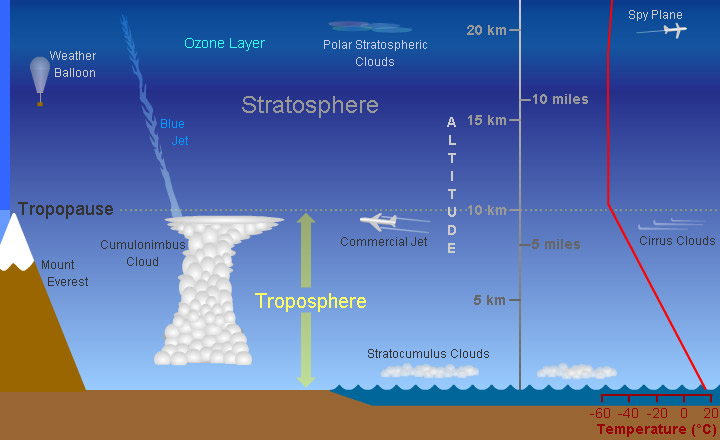
That is in itself unusual. We live in the Troposphere and there is generally a barrier, called the Tropopause which separates these areas. But once the cool air descends breaking through the Tropopause, it influences the weather we experience on the ground.
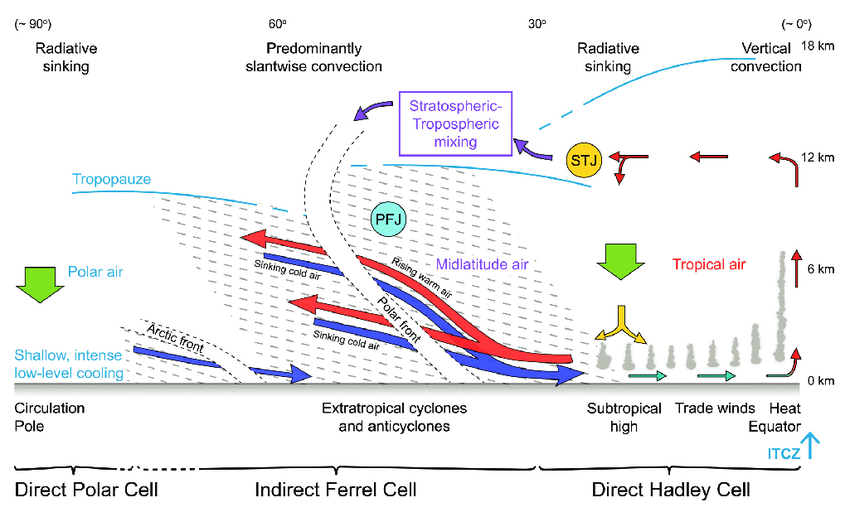
This subject is way beyond the usual meteorological forecasts and well into atmospheric science. There is an interesting blog by the Atmospheric and Environmental Research Group which goes into great depth but generally in normal language, which tells you more.
This vortex breakdown has caused the recent snows and cold weather across eastern North America and Europe. Over time the Polar Vortex will resume back to s single rotating mass, but until that happens, there is the chance of more cold weather.
We had a cold Bura this week, and for much of Friday the wind made it feel like zero all day.

Although effective last frost date for Dol is just over two weeks away, I’m going to wait and see a bit, before I start to plant things outside.
That problem area of the garden
Do you have a problem area in your garden which needs some attention? I have several, each with their own problems.
I was talking to a friend this week about some of the things I am planning to do as Spring arrives here in the Adriatic.
One idea I have is to create a real garden area. This is something which just does not exist in the local consciousness. Everything here has to be productive. Whether it is trees that produce fruit, or the soils which have a succession of crops in them.
Even at this time of year, every spare minute is spent in maintaining your land. Now is the time of year when the grape vines have to be pruned. There are thousands of them. One of my neighbour had 6,000 vines on his land.
There is a short window, around the time of the January full moon, and before the sap starts to rise, that is the best time to carry out the task.
There are now electric secateurs to speed the work and reduce the fatigue. But I notice every day now, even on Sundays, my neighbours field car has gone, so the work can be completed at the most propitious time.
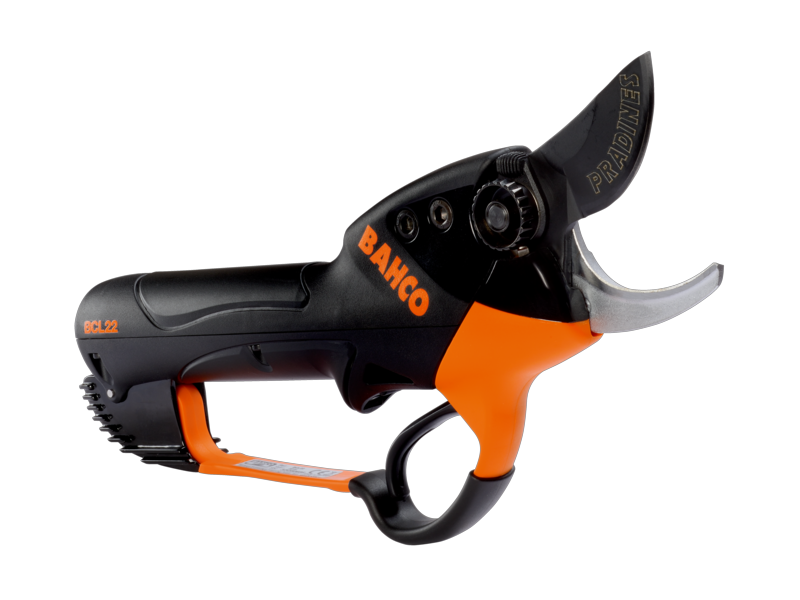
In summer when in much of Europe, the thought turns to a lazy day in the garden, enjoying the scent of the flowers, the buzz of the bees and the languid heat . A time to enjoy a cool drink and a good book in a convivial setting. Here no one has that thought.
Sitting amongst rows of peppers, tomatoes and aubergines somehow does not have that same appeal…. And anyway, it is high tourist season and there is much work to be done. So gardens to be just enjoyed do not exist here.
So my plan is to create a small area of the Top Orchard, bordering my neighbours, as such a place. Somewhere with a small pond, the sound of trickling water, the shade from two large Walnut trees (which are a bit too large) and some really interesting flowering shrubs and plants.
Going through my gardening books, looking especially at plants for dry landscapes, I came across the Crepe Myrtle, Lagerstroemia indica, which will tolerate shade (under trees).

I have a few others that I know of and will see if I can get some seeds… NRC
One Response
Andy Obridge
Yet another fascinating read, thank you Norman. Although you may realise by now all that technical jargon goes straight over my head!
I can relate to the pruning though, even with my few olive trees. When the weather permits, no strong wind or rain forecast, then do what I can, when I can, or will be too late. Feeding next month as well. The only chemicals that get anywhere near my trees!